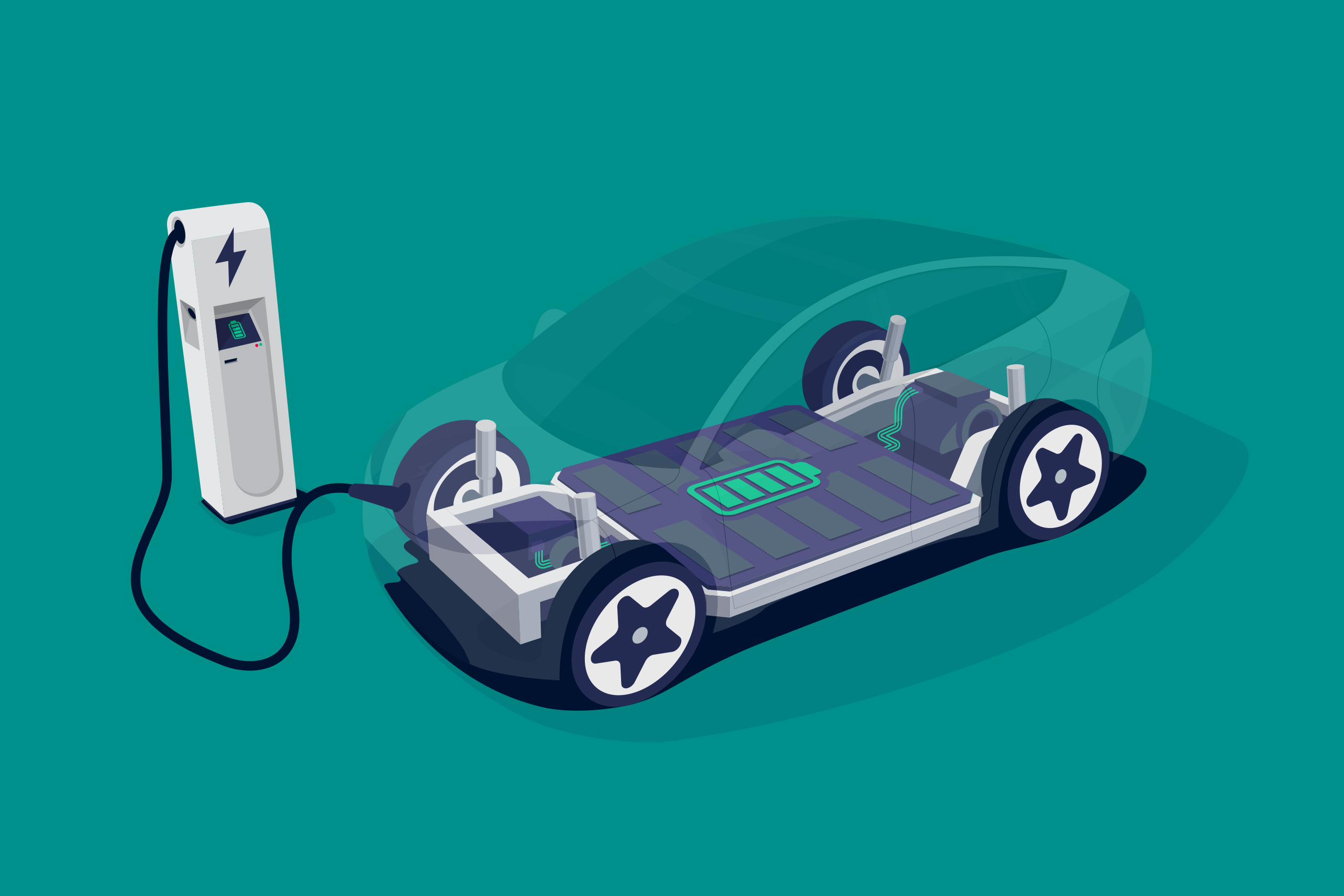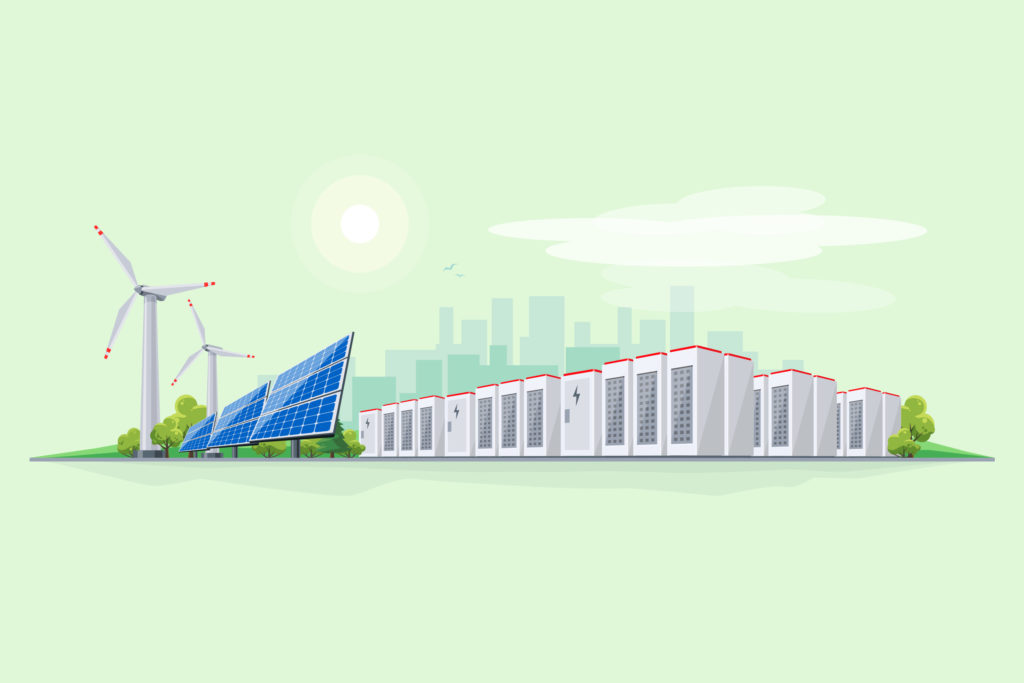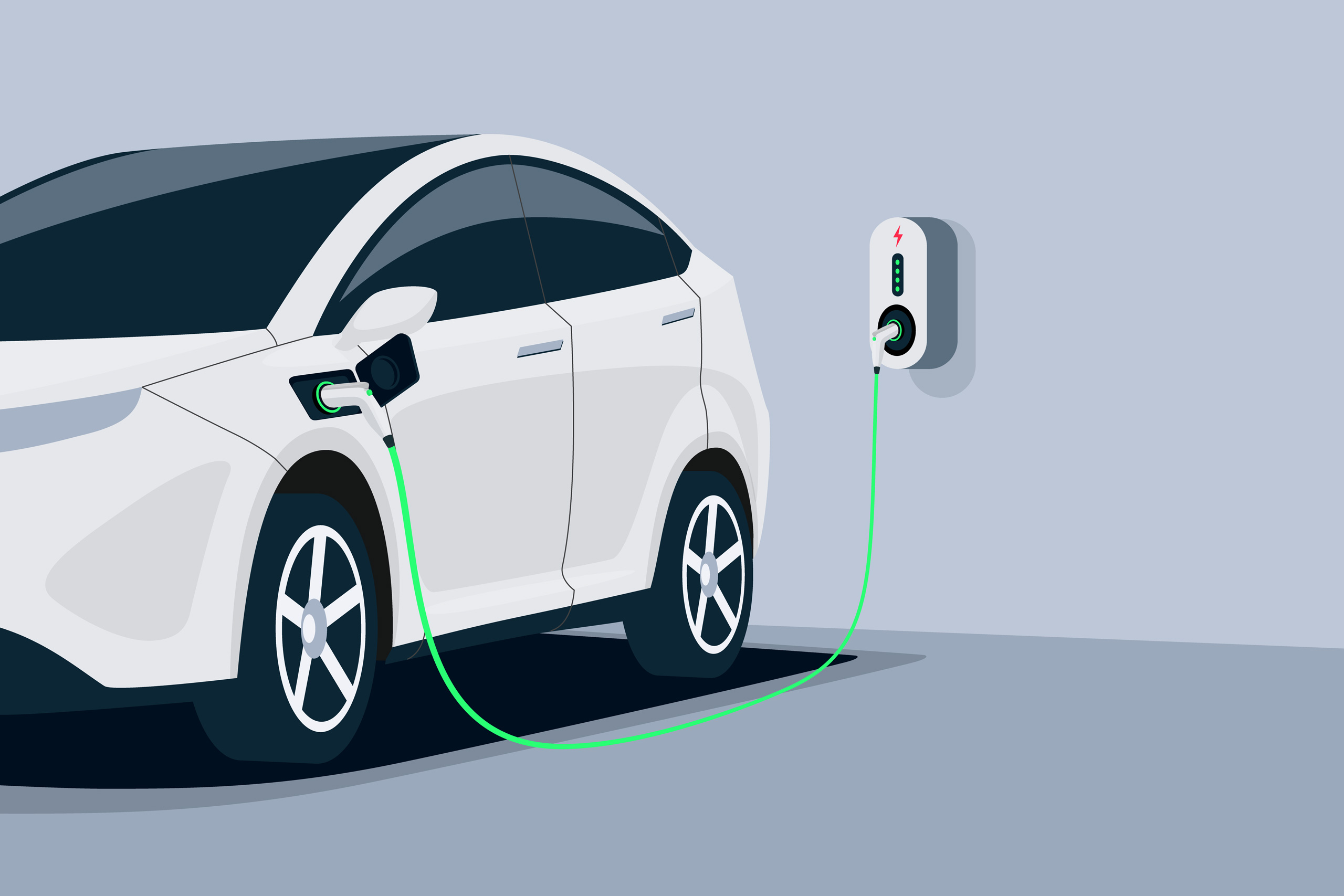John D Rockefeller was probably the wealthiest American of all time, dwarfing even Jeff Bezos today, with a net worth of around 3% of US GDP at his peak, which would be about US $650 bn today (although some calculate is to be more like US $450 bn, based on inflation adjustments rather than GDP per se).
Rockefeller’s fabulous wealth came from oil. In his lifetime, first the boom in gas lighting in the home (before widespread adoption of electricity) then the growth in automobile usage, made unprecedented demands for oil and, while innovating in oil extraction and refinement processes, his company came to extraordinary prominence. He did not invest in housebuilding, or in lighting, or in car manufacture – he supplied the oil.
In the contemporary drive (pun intended) towards electric vehicles, there will be of course winners and losers – and new entrants, such as Tesla or Nio. But the really big story is mining.
If, like me, you studied business at some point, you will remember Porter’s Five Forces. The internal market competition is a swirl of excitement in the middle, with alternative technologies, new entrants, suppliers and customers all impacting the industry from the outside. It seems to me that there is a shift occurring in the automotive sector, with suppliers (especially of metals) becoming much more powerful.
The Chinese are, of course, way ahead of other countries in investing in these suppliers, financing the construction of 2 new copper mines in Kazakhstan, for example, built and run by a London-based commercial business, KAZ Minerals; but this is just one small example. They are bringing cities all across their enormous country up to a standard that involves electric power distribution on a massive scale. Prices for copper, as a result, are double what they were 5 years ago.
In the excitement of bringing new vehicles to market, there is an understandable but still very real risk that the emphasis in R&D will be on performance of the new engines and batteries, especially in the range of vehicle and speed of charging technological areas. But wise R&D teams will also be trying to make less go further, requiring smaller amounts of precious metals, as well as advancing the various light weighting techniques, and introduction of new materials, that are an essential part of the story.
In these times, being an expert in automotive or aerospace technology is not enough. People must learn more about wider areas of science and be prepared to explore technological advancements in areas that may be less familiar to them.
This is, of course, where Innovation DB can help. We check 20,000 universities and research institutes each week for novel technologies that have a commercial potential and our data is used by technology scouts to identify items of interest.
Especially in these times, when travel is still restricted and face-to-face contact remains limited, Innovation DB represents an invaluable resource that technology scouts can use to help them keep current and across a wide array of innovations and exciting new opportunities.
If you would be interested to take a look, please feel free to book a demo to see if our service could both help you save time and broaden the identification of technologies of use to your company.








